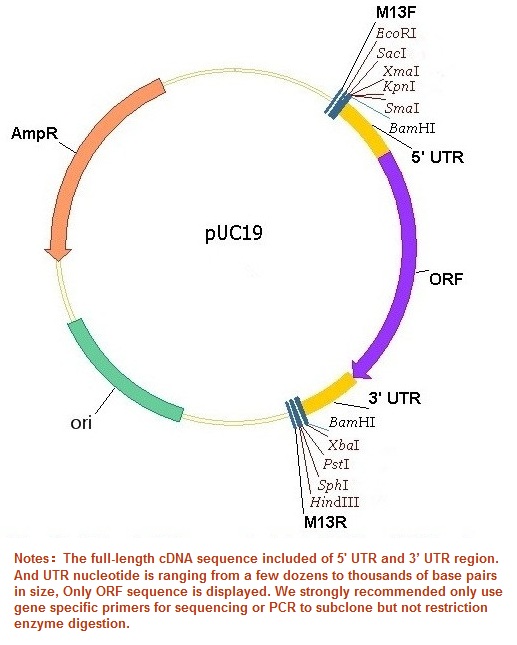Atp5g1
| Gene Symbol | Atp5g1 |
|---|---|
| Entrez Gene | 11951 |
| Alt Symbol | - |
| Species | Mouse |
| Gene Type | protein-coding |
| Description | ATP synthase, H+ transporting, mitochondrial F0 complex, subunit C1 (subunit 9) |
| Other Description | ATP synthase F(0) complex subunit C1, mitochondrial|ATP synthase lipid-binding protein, mitochondrial|ATP synthase proteolipid P1|ATP synthase, H+ transporting, mitochondrial F0 complex, subunit c (subunit 9)|ATPase protein 9|ATPase subunit c |
| Swissprots | Q3TIE9 Q9CR84 |
| Accessions | EDL16011 EDL16012 EDL16013 Q9CR84 AK008191 BAB25522 AK008998 BAB26015 AK009883 BAB26561 AK010868 BAB27233 AK011054 BAB27363 AK011432 BAB27617 AK167884 BAE39897 BC003854 AAH03854 BC094664 AAH94664 BY276643 BY297329 CF749235 L19737 AAA16434 NM_001161419 NP_001154891 NM_007506 NP_031532 |
| Function | Mitochondrial membrane ATP synthase (F(1)F(0) ATP synthase or Complex V) produces ATP from ADP in the presence of a proton gradient across the membrane which is generated by electron transport complexes of the respiratory chain. F-type ATPases consist of two structural domains, F(1) - containing the extramembraneous catalytic core and F(0) - containing the membrane proton channel, linked together by a central stalk and a peripheral stalk. During catalysis, ATP synthesis in the catalytic domain of F(1) is coupled via a rotary mechanism of the central stalk subunits to proton translocation. Part of the complex F(0) domain. A homomeric c-ring of probably 10 subunits is part of the complex rotary element (By similarity). {ECO:0000250}. |
| Subcellular Location | Mitochondrion membrane {ECO:0000250}; Multi- pass membrane protein {ECO:0000250}. |
| Top Pathways | Alzheimer's disease, Huntington's disease, Oxidative phosphorylation |
Search more
